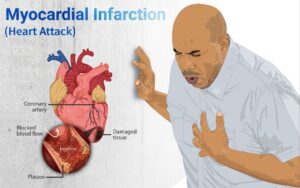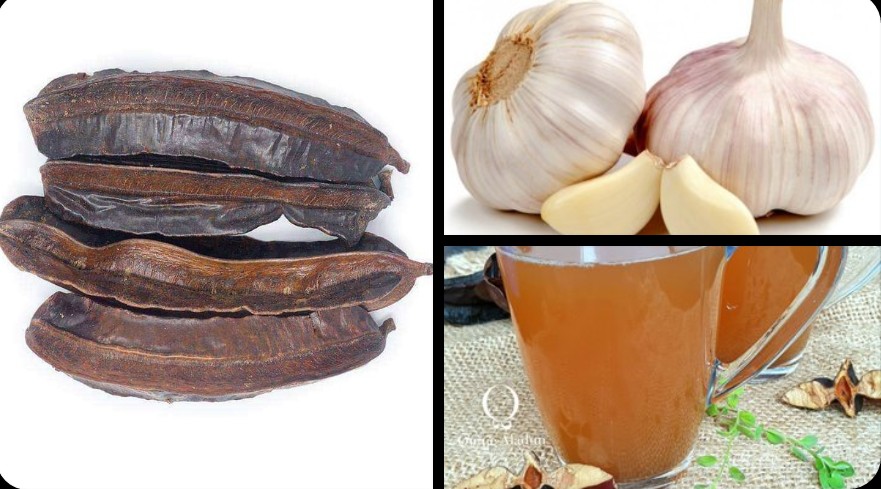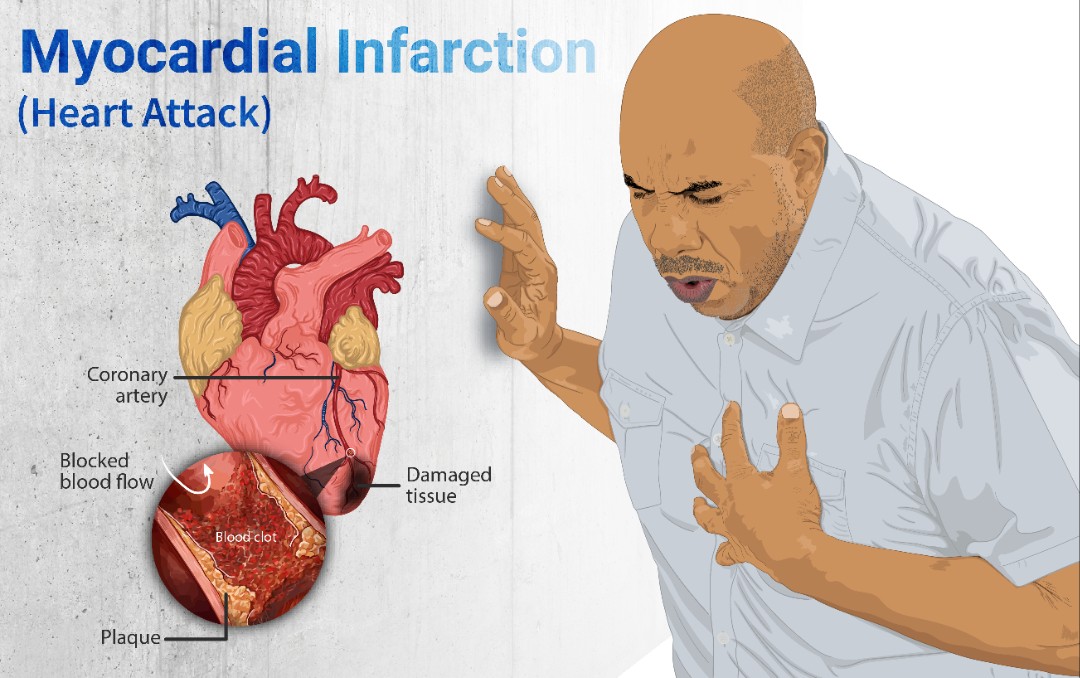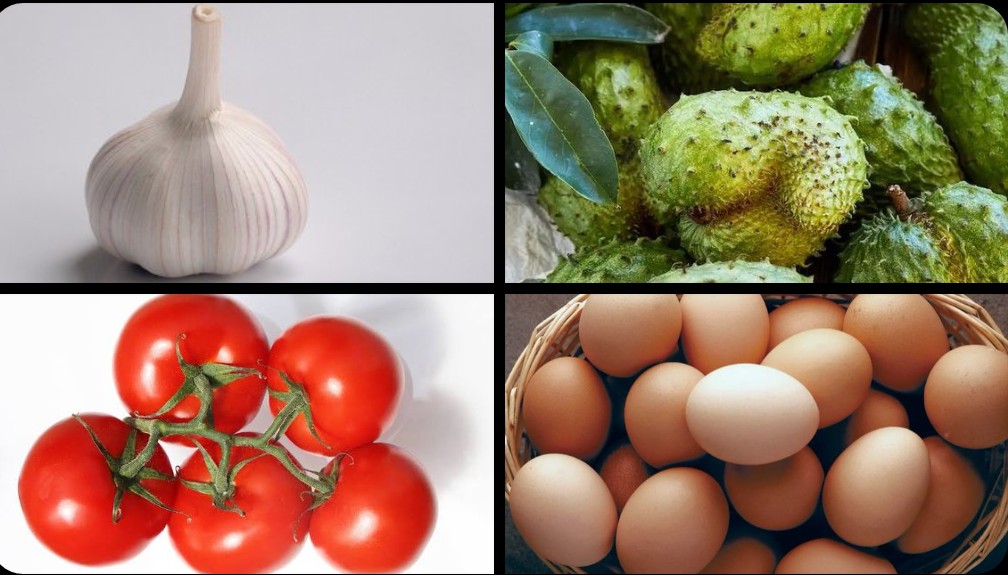Stroke prevention can start today. Protect yourself and avoid stroke, regardless of your age or family history.
What can you do to prevent stroke? Age makes us more susceptible to having a stroke, as does having a mother, father, or other close relative who has had a stroke.
You can’t reverse the years or change your family history, but there are many other stroke risk factors that you can control—provided that you’re aware of them. Knowledge is power. If you know that a particular risk factor is sabotaging your health and predisposing you to a higher risk of stroke, you can take steps to alleviate the effects of that risk.
How to prevent stroke
Here are seven ways to start reining in your risks today to avoid stroke, before a stroke has the chance to strike.
1. Lower blood pressure
High blood pressure is a huge factor, doubling or even quadrupling your stroke risk if it is not controlled. High blood pressure is the biggest contributor to the risk of stroke in both men and women. Monitoring blood pressure and, if it is elevated, treating it, is probably the biggest difference people can make to their vascular health.
2. Lose weight
Obesity, as well as the complications linked to it (including high blood pressure and diabetes), raises your odds of having a stroke. If you’re overweight, losing as little as 10 pounds can have a real impact on your stroke risk.
3. Exercise more
Exercise contributes to losing weight and lowering blood pressure, but it also stands on its own as an independent stroke reducer.
4. If you drink — do it in moderation
Drinking a little alcohol, such as an average of one per day, is okay. Once you start drinking more than two drinks per day, your risk goes up very sharply.
Your goal: Don’t drink alcohol or do it in moderation.
5. Treat atrial fibrillation
Atrial fibrillation is a form of irregular heartbeat that causes clots to form in the heart. Those clots can then travel to the brain, producing a stroke. Atrial fibrillation carries almost a fivefold risk of stroke, and should be taken seriously.
Your goal: If you have atrial fibrillation, get it treated.
6. Treat diabetes
Having high blood sugar damages blood vessels over time, making clots more likely to form inside them.
Your goal: Keep your blood sugar under control.
How to achieve it:
Monitor your blood sugar as directed by your doctor.
Use diet, exercise, and medicines to keep your blood sugar within the recommended range.
7. Quit smoking
Smoking accelerates clot formation in a couple of different ways. It thickens your blood, and it increases the amount of plaque buildup in the arteries. Along with a healthy diet and regular exercise, smoking cessation is one of the most powerful lifestyle changes that will help you reduce your stroke risk significantly.
Identify a stroke F-A-S-T
Too many people ignore the signs of stroke because they question whether their symptoms are real. Don’t wait if you have any unusual symptoms. Listen to your body and trust your instincts. If something is off, get professional help right away.
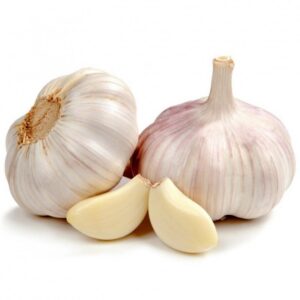
The National Stroke Association has created an easy acronym to help you remember, and act on, the signs of a stroke. Cut out this image and post it on your refrigerator for easy reference
The best way to prevent or reduce your risk of STROKE?
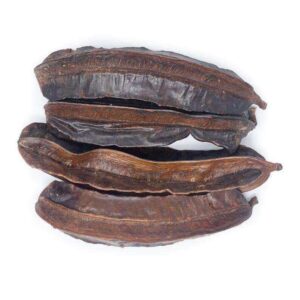
Cut 7 pieces of prekese into smaller sizes, get 4 lobes of garlic from the bulb and soak them in 1 litre of water for 24 hours, take 100mls twice daily🍀

Signs of a stroke include:
1. weakness on one side of the body
2. numbness of the face
3. unusual and severe headache
4. vision loss
5. numbness and tingling
6. unsteady walk.


